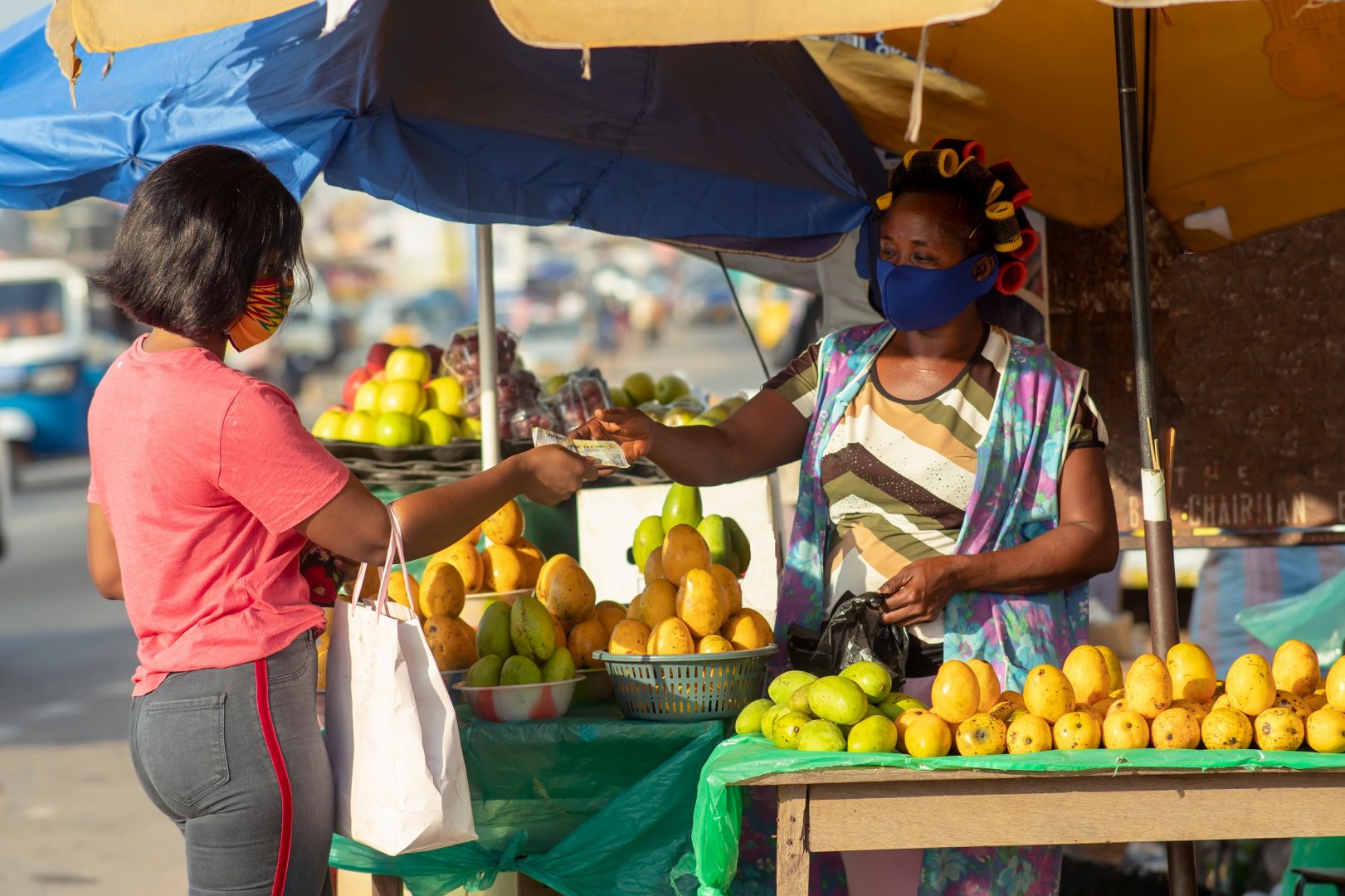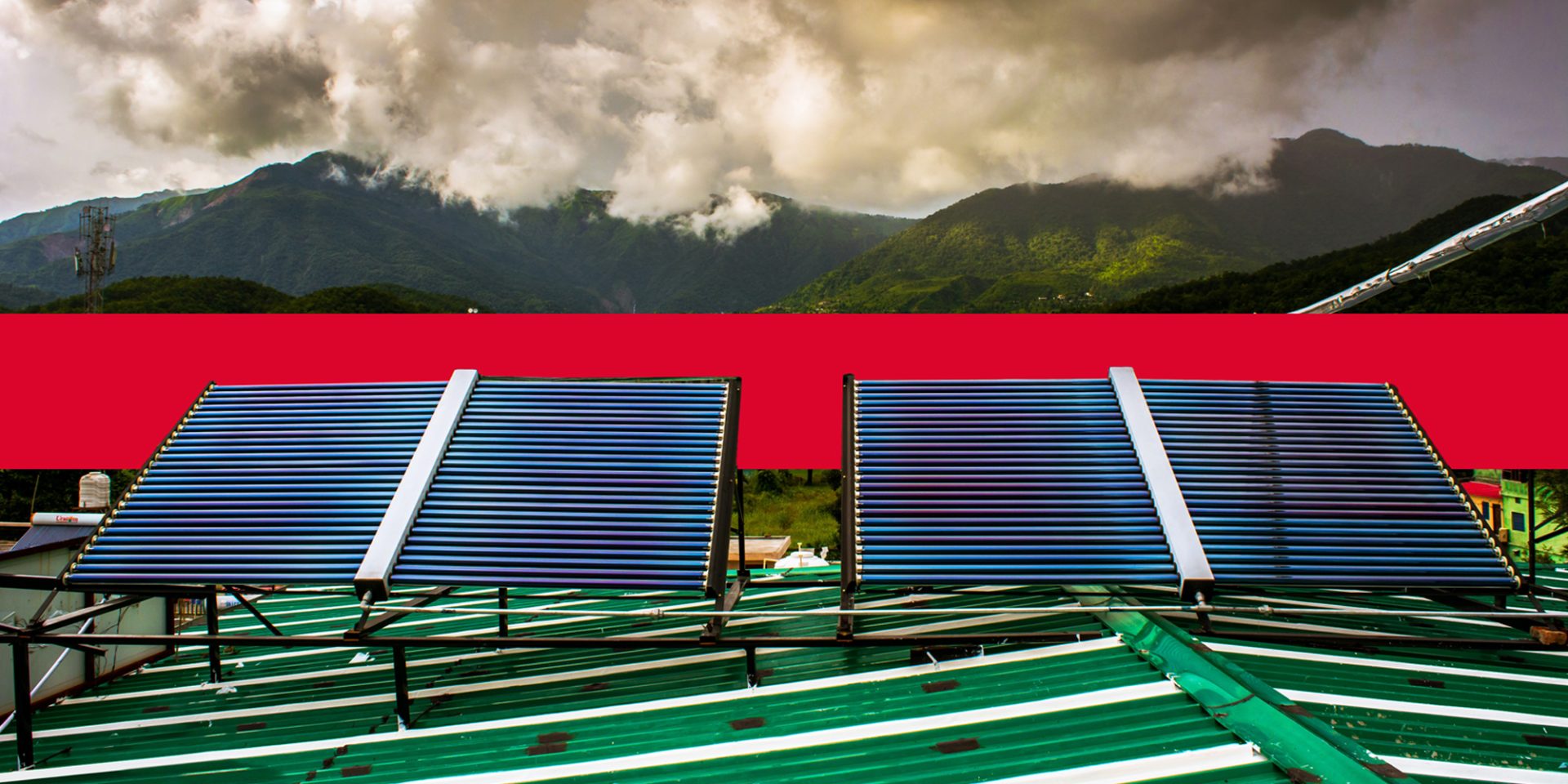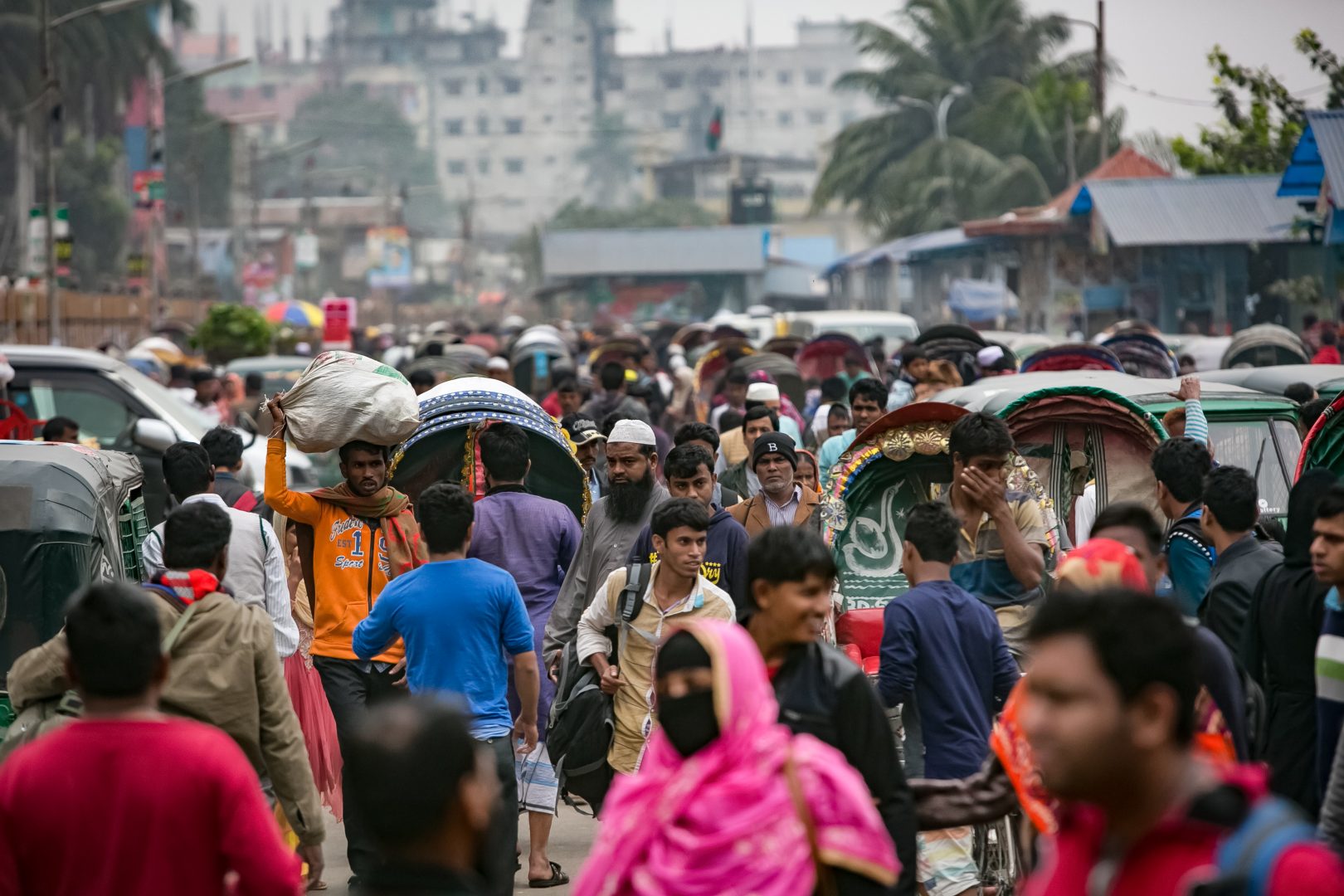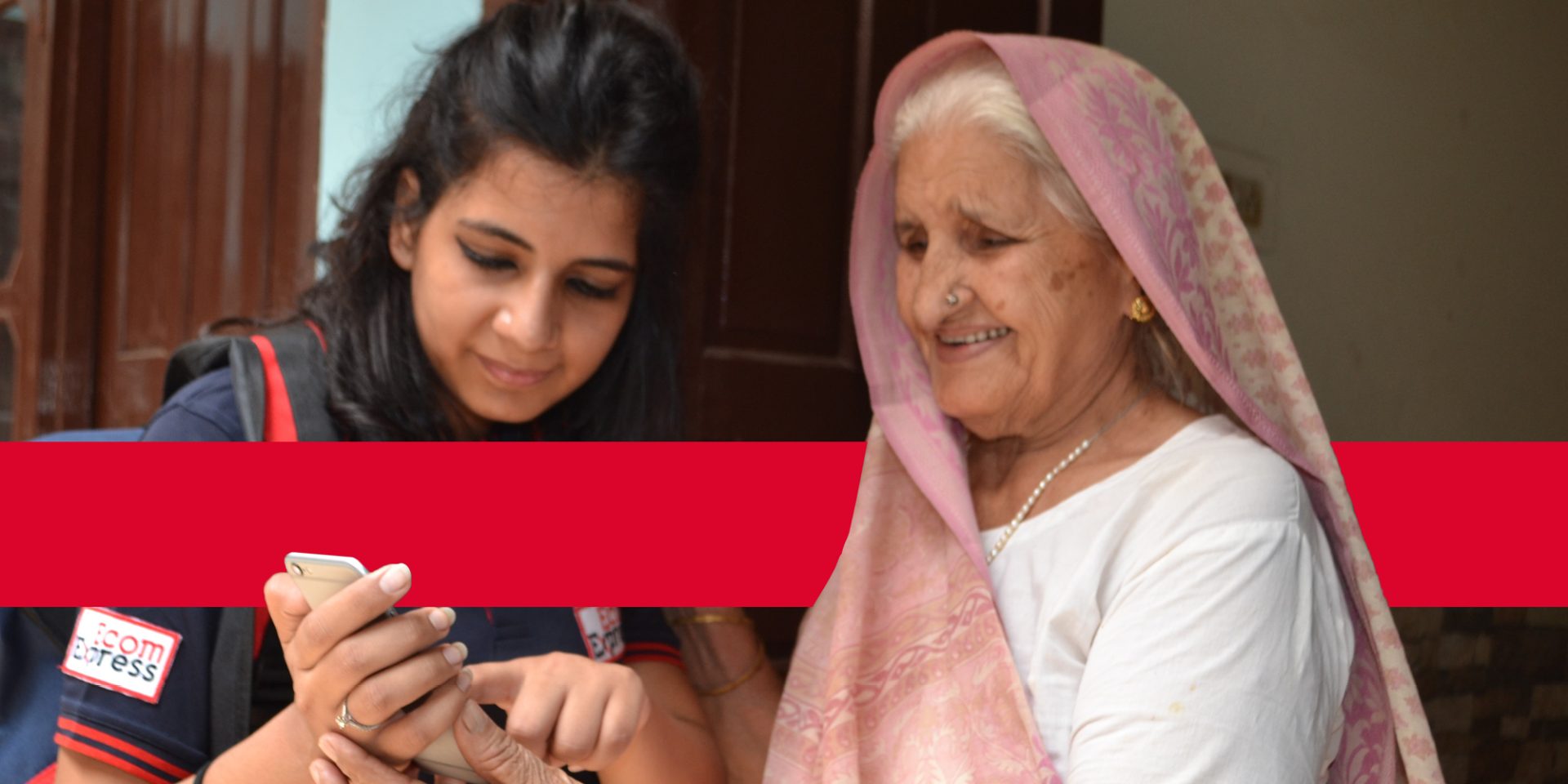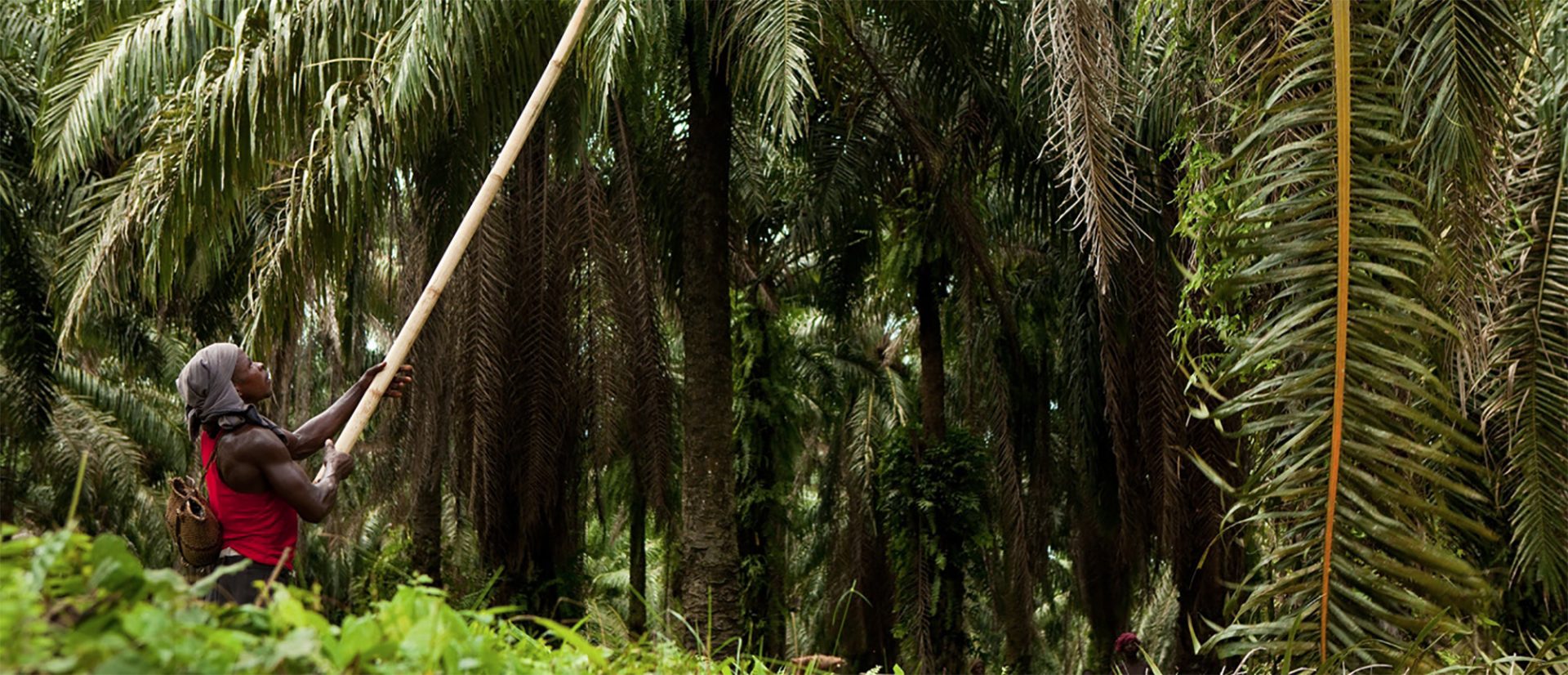How does development finance help to eradicate poverty?
We are often asked how our investments reach people living in poverty. It is an important question – it’s one we ask ourselves. Inclusion forms one of our three impact objectives, alongside productivity and sustainability. But directly reaching people living in poverty is not the only way our investments help to reduce poverty. All three of our impact objectives are ultimately about reducing poverty, and different types of investment are needed to leave poverty behind. This blog explains why.
What does it take to eradicate poverty?
To answer this, we need to learn from the countries that have done it – or are doing it. Countries such as South Korea and, more recently, Vietnam and Bangladesh (here is how fast extreme poverty has fallen in Bangladesh, here is how fast investment has risen).
Historically, extreme poverty has fallen more rapidly when private investment of all varieties has risen, not just those investments directly reaching people living in extreme poverty.
The evidence could not be clearer that investments in infrastructure, industrialisation, local financial sector development, and a movement towards more complex, technologically-advanced activities have been important sources of poverty eradication (alongside investments in public services and much more besides).
The importance of transforming economies is also reflected in the national development strategies of those countries with the ambition to grow out of poverty. It also forms a core part of many of the UN’s Sustainable Development Goals, particularly SDG 8 (economic growth and productive employment) and SDG 9 (industrialisation).
Finally, many of the investments necessary to decarbonise the economy and make the transition to an environmentally sustainable society, adapted to the reality of a changing climate, will often be in sectors that do not directly reach people living in poverty either – such as heavy industry – but they are of course crucial to the future they face.
This means that if development finance institutions (DFIs) are to support the eradication of poverty they need to invest broadly.
What does inclusive development look like from a DFI perspective?
Our inclusion objective encapsulates our wider goals to have a positive impact on inclusion, such as how we work with companies to bring more women into their workforces and management, or how we allocate capital to women-owned and black-owned businesses. But the heart of the objective is reaching people living in poverty, wherever they live, and finding ways to invest in lower-income and fragile countries[1].
Our portfolio-level impact score tracks our progress against the poverty element of our inclusion objective, and this works in a couple of different ways.
First, it includes looking at whether an investment directly reaches people living in poverty. What does that mean?
We say that an investment has direct reach when the business we have invested in either creates a job for someone living in poverty or supplies them with goods or services.
When our intention is to have a positive impact on the workers, suppliers or customers of the business we have invested in, and it is possible to obtain information about them, we measure our direct reach to low-income populations.
Here are the sorts of investment where we intend to directly reach people living in poverty and can monitor it:
Jobs/livelihoods
- Businesses that purchase food from, or supply inputs to, smallholder farmers. For example AkshayaKalpa Farms in India works with small organic dairy farmers.
- Labour intensive manufacturing (low or semi-skilled). Our investment in Jinnat Textile Mills in Bangladesh is an example of that.
- Companies that provide supply chain or payment services to small informal traders and retailers, such as Trade Depot, which supplies small retailers in Nigeria.
Better goods or services
- Microfinance institutions that provide credit and other services to low-income households. Light Microfinance serves rural and peri-urban areas, with a specific focus on low-income women.
- Home rooftop solar vendors, like Sun King in Kenya.
But these types of direct reach investments are not the only ones needed to eradicate poverty. That’s where our second approach to scoring inclusion comes in for investments that enable countries to grow out of poverty in a sustainable way.
For these types of investment, our impact scoring tracks progress by looking at the country in which the investment is taking place. It considers fragility, the level of national income, and the depth of poverty. We do not attempt to estimate the incremental contribution that each project makes to poverty reduction across an economy, which would require an economic model because it cannot be observed using impact monitoring tools, such as surveys.
We rely on the strength of the evidence that these types of investment are instrumental in sustainable poverty eradication, rather than try to measure how the impact of each project is dispersed across society. Alongside this, the FCDO-led sector evaluations test the robustness of the theory of change for these investments. These are investments such as:
- Grid-scale renewable electricity generation, storage and transmission, such as these wind and solar projects to help decarbonise Pakistan’s electricity grid or upgrading transmission in Tanzania, to improve electricity access and reliability, and move renewable power from where it is generated to where it is needed.
- Supplying credit to small and medium enterprises through a bank, such as through our partnership with the pan-African Equity Bank, to finance working capital and investment, so that firms can raise their productivity and create more and better jobs.
- Digital infrastructure and telecommunications, for example building fibre internet networks across Africa with Liquid Telecom, to bring high speed internet access to households and businesses.
- Capital intensive manufacturing with more skilled labour– such as the African pharmaceuticals producer Kelix Bio, to reduce medicine prices across the continent, or the Indian electronic vehicles manufacturer Mahindra and Mahindra to develop local supply chains and decarbonise transportation.
- Warehousing and logistics – for example Africa Logistics Properties – to reduce transportation costs and raise efficiency, so more goods are available at lower prices
- Venture capital funds specialising in innovative and early-stage companies, such as Novastar Ventures to support socially beneficial new technologies.
- Green bonds – such as the Symbiotics Green Basket Bond – to make money available for green projects and businesses.
These investments have an impact that propagates through society by enabling the economy to produce a wider variety of goods and services at lower prices and to create more jobs that pay higher wages.
Eradicating poverty means not solely going to where the poor are today
The evidence shows that different types of investment are needed to transform economies to be more productive, sustainable, and inclusive.
Making investments that directly reach people living in poverty are only one aspect of how we think about inclusion, and only part of what it takes to eradicate poverty. That’s why, strange as it may sound, eradicating poverty requires some investments that do not directly reach people living in poverty, at least not in a way that can be measured.
[1] We are of course referring only to people who live within eligible countries in our investment mandate

